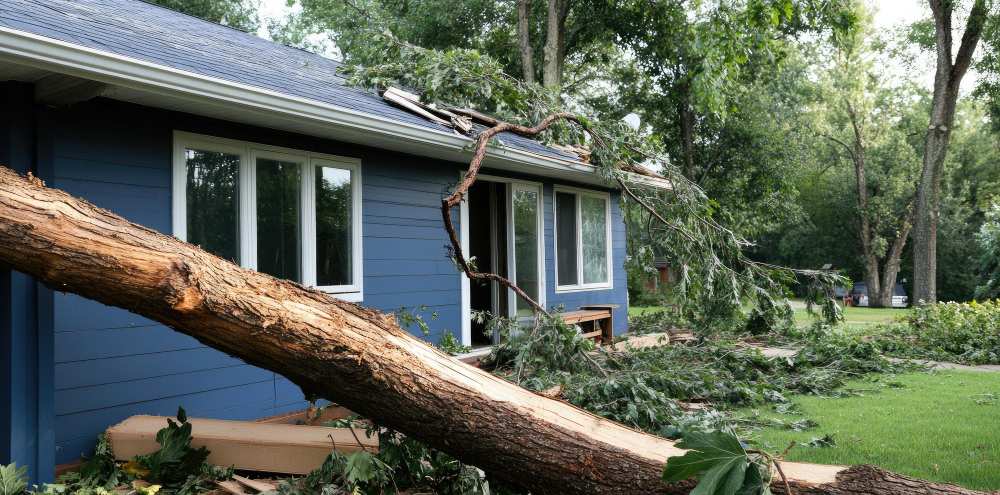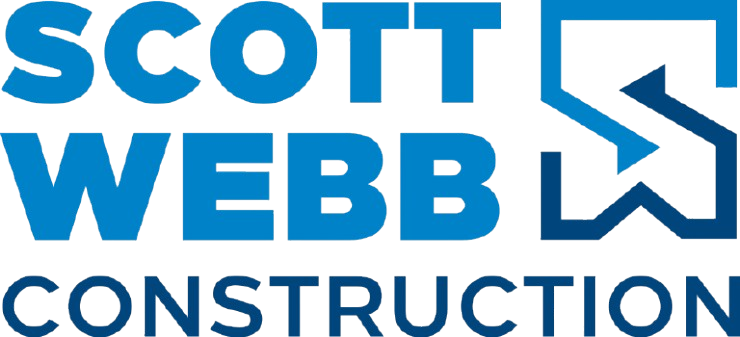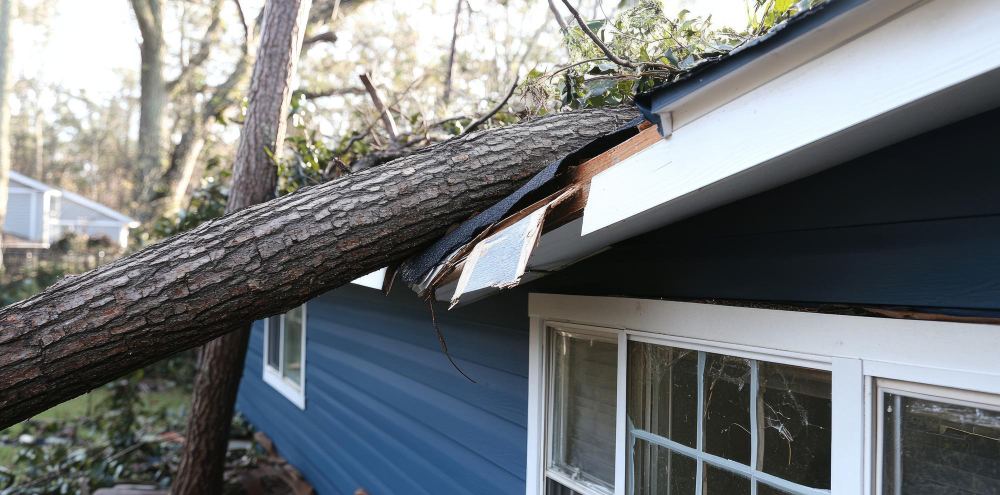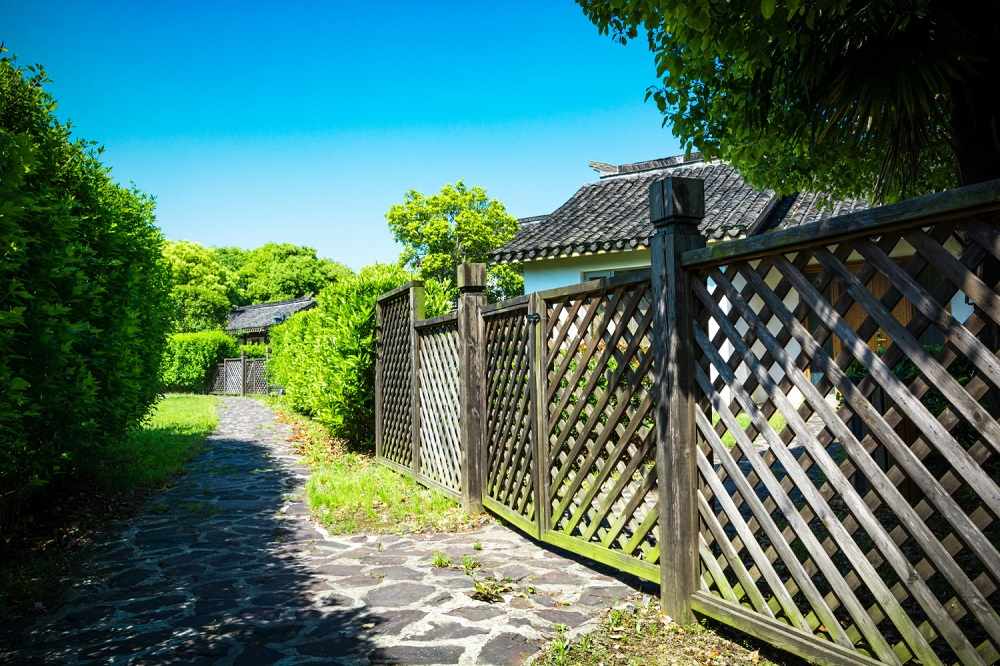If you are a resident of the USA, you are well aware of the storms and harsh climate conditions, making it key for you to stay vigilant about leaks. The storms can cause significant damage to roofs, often blow off shingles, or make nearby trees shed branches onto your roof.
When a storm hits your city, it can damage homes and commercial properties, especially their roofs. You might not see storm damage immediately, but ignoring it can lead to pricey repairs and severe structural issues with your building’s structure.
After a storm, a precise damage inspection is crucial. Recognized storm damage inspectors use drones equipped with cutting-edge imaging capabilities to survey large storm-affected areas quickly.
These drones help identify structural harm, downed trees, and waste, offering key insights that speed up recovery efforts and safeguard communities. This guide will show you how to identify storm damage on your roof, recognize when you need a storm inspection, and determine the necessary actions if you find an issue.
Why Is Storm Damage Such a Concern?
Understanding the impact of storm damage is crucial for preparing and responding effectively to natural disasters. These storm disasters pose a significant threat because of the extensive disruption and destruction they can cause to homes, businesses, and critical infrastructure.
Structural Damage
Buildings: Strong winds can rip off roofs, deteriorate walls, smash windows, and compromise foundations.
Flooding: Heavy rainfall and storm surges cause significant water damage to houses and commercial buildings, potentially penetrating basements and lower levels.
Debris: Falling trees, flying debris, and other objects can pose a major threat to buildings and vehicles.
Disruption to Infrastructure
Power Outages: Storms can bring down power lines, damage transformers, and interrupt the power supply, resulting in a blackout.
Transportation: Roads and bridges can be sabotaged by flooding and erosion, which makes transport challenging.
Communication: Power outages can disrupt communication devices, making it difficult to obtain information and assistance.
Financial Impact
Insurance Claims: Storm damage frequently leads to expensive insurance claims for property damage, business interruptions, and vehicle damage.
Repair Costs: The cost of repairing storm damage can be considerable, particularly for major structural damage or widespread flooding.
Economic Downturn: Storms can cause downtime for businesses, leading to lost revenue and an economic slowdown.
Health and Safety Risks
Injuries and Fatalities: Storms pose risks of injuries or deaths due to falling debris, flooding, or electrocution from downed power lines.
Mental Health: Suffering damage from a storm can be distressing and may lead to lasting mental health impacts.
Pollution: Flooding can contaminate water supplies and raise the risk of waterborne illnesses.
Environmental Impact
Erosion: Coastal erosion can be exacerbated by storm surges and strong winds.
Vegetation Damage: Storms can damage or destroy vegetation, impacting ecosystems.
Water Quality: Storm water runoff has the potential to transport pollutants into waterways, thereby affecting water quality.
In the USA, storm damage is a particular concern due to the commonness of coastal storms and the associated risk of flooding and strong winds, particularly in remote areas. Preparing for storms and assessing potential risks are crucial steps to minimize the effects of storm damage.
Why is Hail Damage Inspection Important?
Hail damage inspections are crucial for spotting and addressing potential problems after a hailstorm before they escalate. This can save homeowners a considerable amount over time.
There are various reasons to inspect your roof after a hailstorm damage, including:
Hidden Damage
Hail can cause damage that is not instantly visible, such as loosened shingles, cracked tiles, or punctures in the roof membrane.
Preventing Bigger Problems
Minor damage can escalate into costly issues, such as leaks, mold, and structural weaknesses, if left unaddressed.
Insurance Claims
A professional inspection supplies the documentation and proof needed for insurance claims. This makes sure of a smoother and more successful claims process.
Safety
Storm-damaged roofs can be structurally compromised, posing a safety hazard. Inspections can identify hazards like loose materials or weakened areas.
Maintaining Warranty
Many roofing warranties require inspections following major weather events, and neglecting this requirement could result in the warranty being invalidated.
Cost Savings
Addressing damage early is more affordable than handling costly repairs or replacements later.
Extending Roof Lifespan
Regular inspections can help detect issues early, possibly extending your roof’s life and avoiding premature replacement.

What Should You Anticipate During a Storm Damage Inspection?
A thorough roof inspection after a storm involves several essential steps. Throughout this process, a detailed storm damage inspection checklist is used to outline what you should anticipate.
Exterior Inspection
Initial Visual Assessment: The inspector will start by visually inspecting the property from ground level, checking for noticeable signs of damage like missing shingles, dents, cracks, or sagging parts on the roof.
Roof Walk-Through: A meticulous assessment of the roof’s surface will be conducted. During this step, the inspector checks for less obvious signs of damage, such as small punctures, loose shingles, or granule loss on asphalt shingles.
Gutters and Drainage: The inspector will thoroughly examine the gutters and downspouts for any blockages or damage that could hinder proper drainage, ensuring everything operates correctly.
Siding, Windows, and Other Elements: Assessment will also include damage to siding, windows, and other external components.
Interior Inspection
Attic: The inspector will check the attic for signs of water damage. This can include damp insulation, damage to structural timber, and ventilation problems.
Basement: The basement will be inspected for water build-up, cracks in the foundation, and indications of shifting.
Interior Walls and Ceilings: The inspector will check for water stains, peeling paint or wallpaper, and swollen wood, which might suggest leakages.
Electrical, HVAC, and Plumbing: These are the three core systems – providing essential services for buildings – that will be checked for storm-related damage.
Documentation
The documentation is critical to make an insurance claim. Throughout the inspection, the inspector will record all findings, including taking photos and notes of any damage.
By following these steps, the inspector can comprehensively evaluate the extent of storm damage as well as assist you in developing a plan for repairs and restoration.
Why Hire Expert Roofers for Hurricane Damage Inspection?
When it comes to safeguarding your home against the unpredictable fury of hurricanes, ensuring the integrity of your roof is crucial.
A thorough inspection by professional roofers helps spot potential risks before they develop into expensive problems. That’s why hiring experts for hurricane damage inspections is a wise decision.
Expertise and Experience: Roof inspectors are well-trained to spot delicate signs of damage that a homeowner might overlook. These damages include lifted shingles, cracked tiles, or damage to the underlayment.
Safety: Climbing onto a damaged roof can be risky. However, roofers utilize advanced tools and the latest methods to assess roofs safely.
Preventing Future Problems: They respond quickly and address slight damage early to prevent it from worsening into more serious and costly repairs later.
Insurance Claims: A detailed roof inspection report can be helpful when submitting an insurance claim for storm damage.
Peace of Mind: Knowing that a professional has thoroughly inspected your roof and resolved any problems offers reassurance.
Preventative Measures: Roofers can also suggest precautions, such as trimming overhanging branches, to defend your roof from future storms.
Final Verdict!
A 2022 survey revealed that storm damage was the leading cause of home insurance claims, which is not surprising given that the roof is the most exposed and vulnerable part of a house. This sort of roof damage is not always easy to spot, but signs such as loose tiles, fading, or leaks should be taken seriously.
By inspecting your roof on a regular basis, fixing any minor issues, and taking steps to prevent damage, you can make your roof last longer and save money on repairs later.
At Scott Webb Constructions, we emphasize a client-centric approach, providing storm damage inspection and repair services. Our reliable roof inspectors ensure your roofing project is handled by skilled professionals. Contact us and let us handle the entire process carefully to ensure no small detail is missed.




